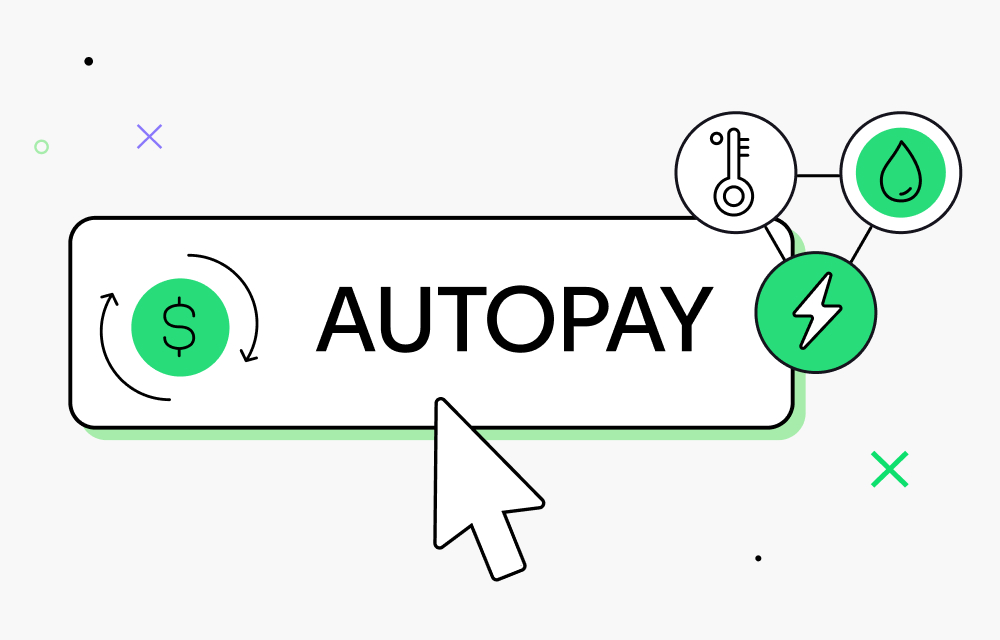Impact of False Positives on Top Line Revenue
The Impact of False Positives on Top Line Revenue
Revenue projection is both an art and a science. It is partly based on the solid number of past sales, but it also includes various known and hidden assumptions. When it comes to projecting credit card sales, most executives forget a hidden variable: the sale that is lost when a card is wrongfully rejected for fraud, and the customer goes elsewhere.
eCommerce Card-Not-Present Sales Are Especially Susceptible To Fraud
Credit card sales are becoming more and more important in our increasingly cashless society. It is now almost impossible to run an eCommerce business if you do not take some form of credit card payment. In fact, this switch to online transactions has recently sped up due to the COVID-19 pandemic, and the change is likely to stay.
Along with the switch to online credit card payments, both the credit card networks and other cybersecurity firms have detected an increasing number of fraudulent transactions. In fact, the cost of fraud for US retailers and e-commerce merchants rose by 7.3% since 2019, as found by the LexisNexis Risk Solutions 2020 True Cost of Fraud Study E-commerce/Retail Report.
Typically, an eCommerce fraudulent transaction involves using a stolen card number to make a purchase. In the US, the Fair Credit Billing Act protects consumers so that, as long as the fraudulent purchase is reported quickly and the loss is over $50, the consumer has no liability.
The loss is passed to and must be absorbed by the banks or the merchant.
Fraud Detection Tools Can Stop Fraud But Also Create False Positives That Reduce Sales
The banks and credit card companies do work hard to combat fraud, often by using sophisticated computer systems powered by artificial intelligence software to detect anomalous purchases. Unfortunately, as reported by LexisNexis, it’s becoming harder and harder to distinguish between actual fraud attacks and legitimate customer purchases.
Banks and card networks have a low tolerance for risk, so they tend to reject questionable sales rather than accept them. As a result, quite a lot of these rejections are actually false positives (See free Kount report on False Positives), triggered, for instance, by a delivery address that may be different from a cardholder’s address.
So, as online card-not-present (CNP) transactions increase, online fraud increases, and so do false positive rejections.
Merchants Are In a Difficult Position When Deciding to Accept or Override Fraud Alerts
When a CNP transaction returns a fraud alert, the merchant is often put in a difficult position. If the merchant rejects the sale, the customer might get angry. In fact, about 42% of these customers abandon the purchase or, even worse, shop with a competitor (about 14%). As a result, a merchant could lose up to 5.5% of their annual revenue due to false declines.
However, if the merchant overrides the card rejection, the transaction could turn out to be fraudulent. In that case, not only will the merchant lose money on that sale, the override and subsequent chargeback might land the merchant on the MATCH list (a blacklist kept by the credit card industry identifying bad risk merchants).
Once you’re on the MATCH list, the credit card industry will stop doing business with you, so you won’t be able to take credit card sales at all for five years. It’s nearly impossible to get off the MATCH list any faster. In some cases, processors will raise fees or require fraud screening software prior to getting to the extreme of being added to the MATCH list.
This balancing between increasing sales by overriding fraud alerts versus rejecting a sale and possibly losing a customer forever is tricky. And there is no easy solution. At least, not if you restrict yourself to only credit card payment systems.
Alternative Payment Methods Exist to Retain False Positive Sales
Fortunately, alternative payment methods exist to turn a possible lost sale into an actual sale while still managing the risk of a fraudulent sale. Assuming the customer has the funds for the purchase, the sale can be completed through a direct money transfer from the customer’s bank account to the merchant’s bank account.
Most often, this is done through a debit card purchase. However, this transaction can now, also, be completed through an ACH transfer.
Online Banking Payments Through ACH Transfer Can Be An Additional Payment Method
In the past, ACH transfers had been viewed as too slow to replace cash-like purchases like buying with a debit card. Instead, ACH transactions were thought of as better suited for less time-sensitive payments, like utility bill payments that are tolerant to a 2-3 days transfer time.
Recently, however, companies such as Trustly have sped up ACH payments so that they can be used just like cash or debit card during a purchase.
Alternative Payment Methods Allow An eCommerce Company To Increase Sales While Managing Risk
Using faster Online Banking Payments, eCommerce companies can offer consumers an additional way to pay if their credit card is rejected due to a fraud alert. Honest consumers can pay and complete the transaction while dishonest ones will fail in their attempt to defraud. In Trustly’s case, not only will that increase a merchant’s top line revenue, but thanks to their payment guarantee, merchants are protected from potential chargebacks.
With better certainty that customers can complete a sale, your revenue will increase and your sales projections can become more accurate.
If you would like to see how Trustly could help your business accept Online Bank Payments, feel free to reach out to us at sales.us@trustly.com.










